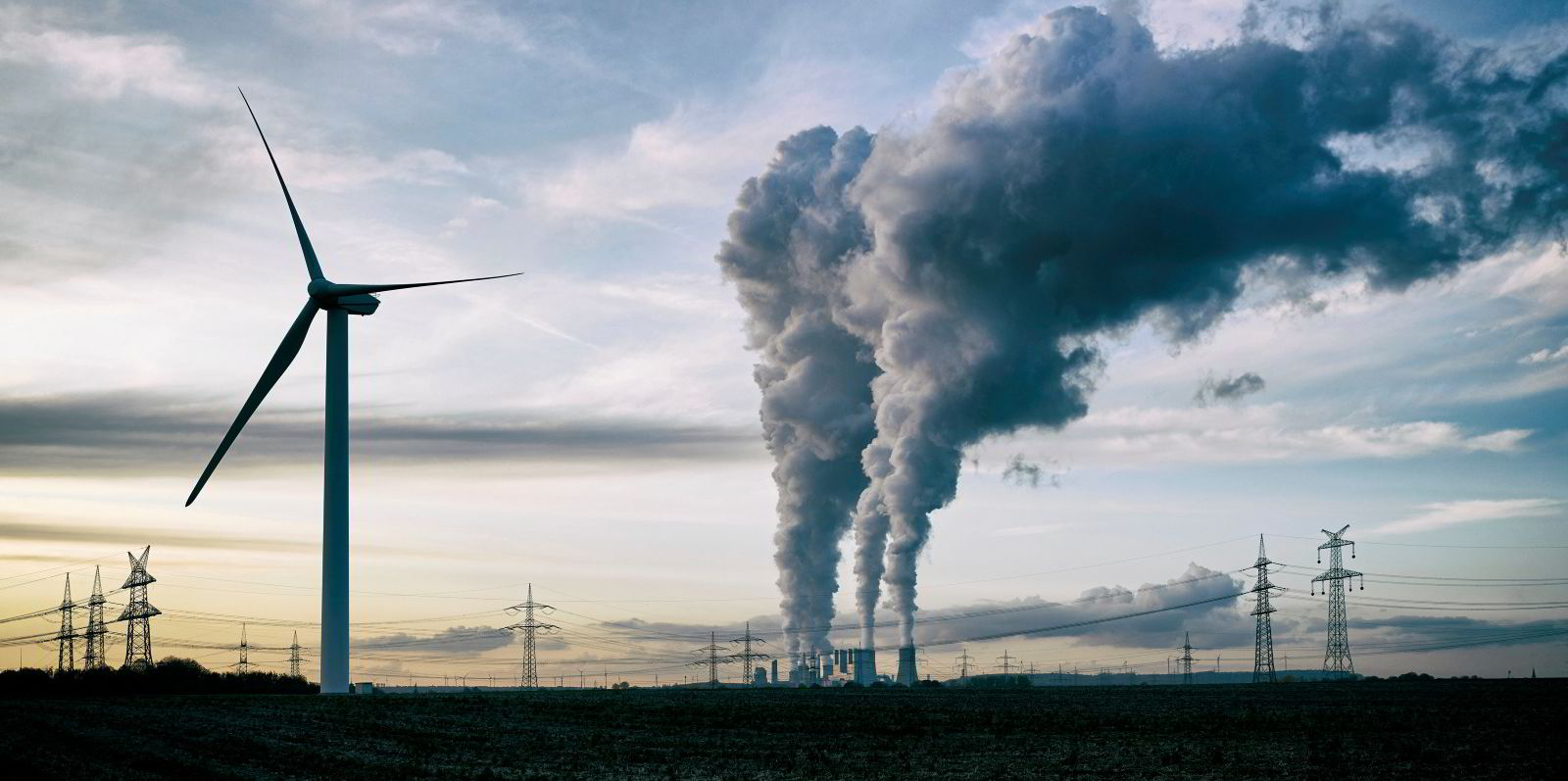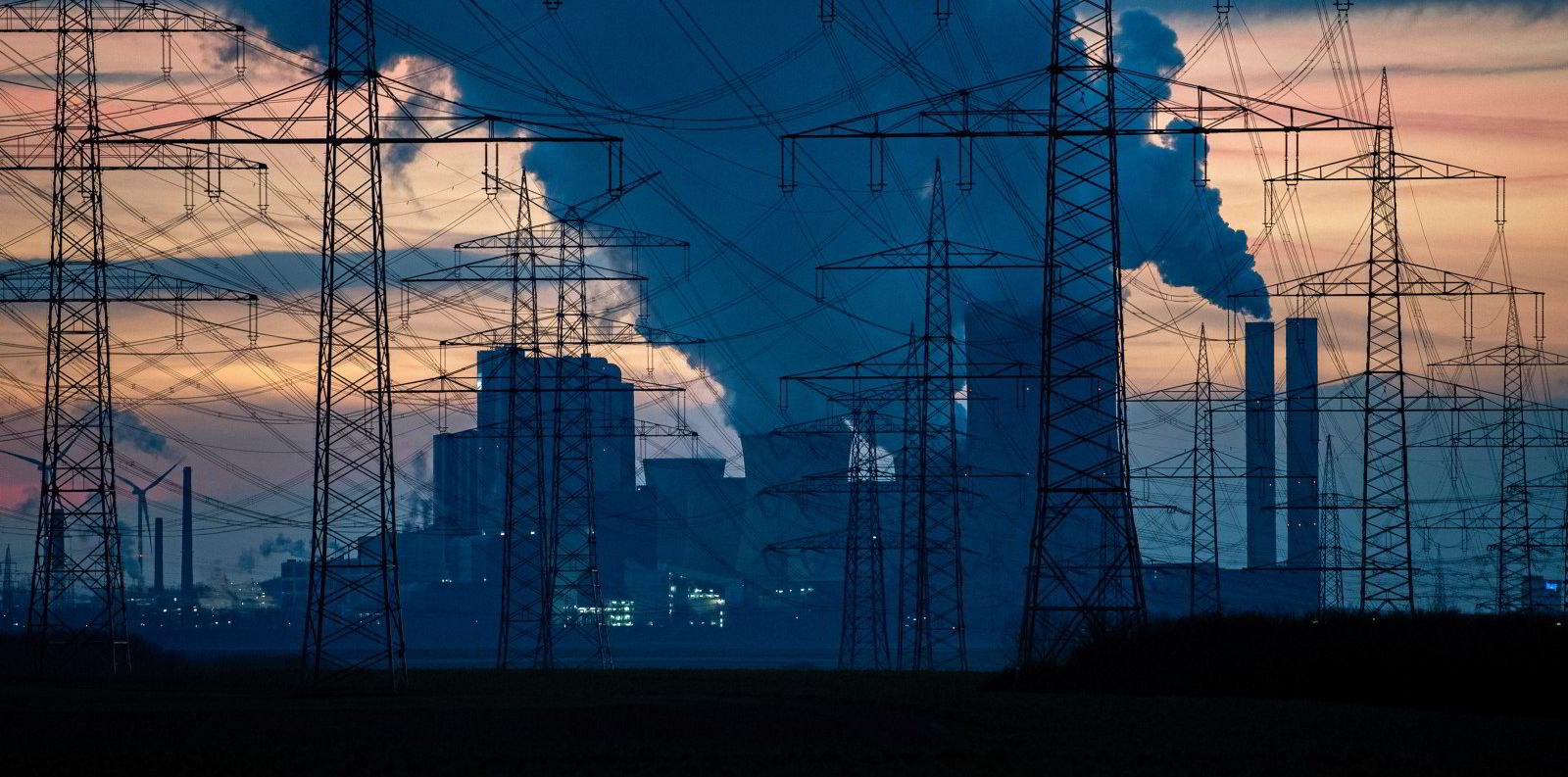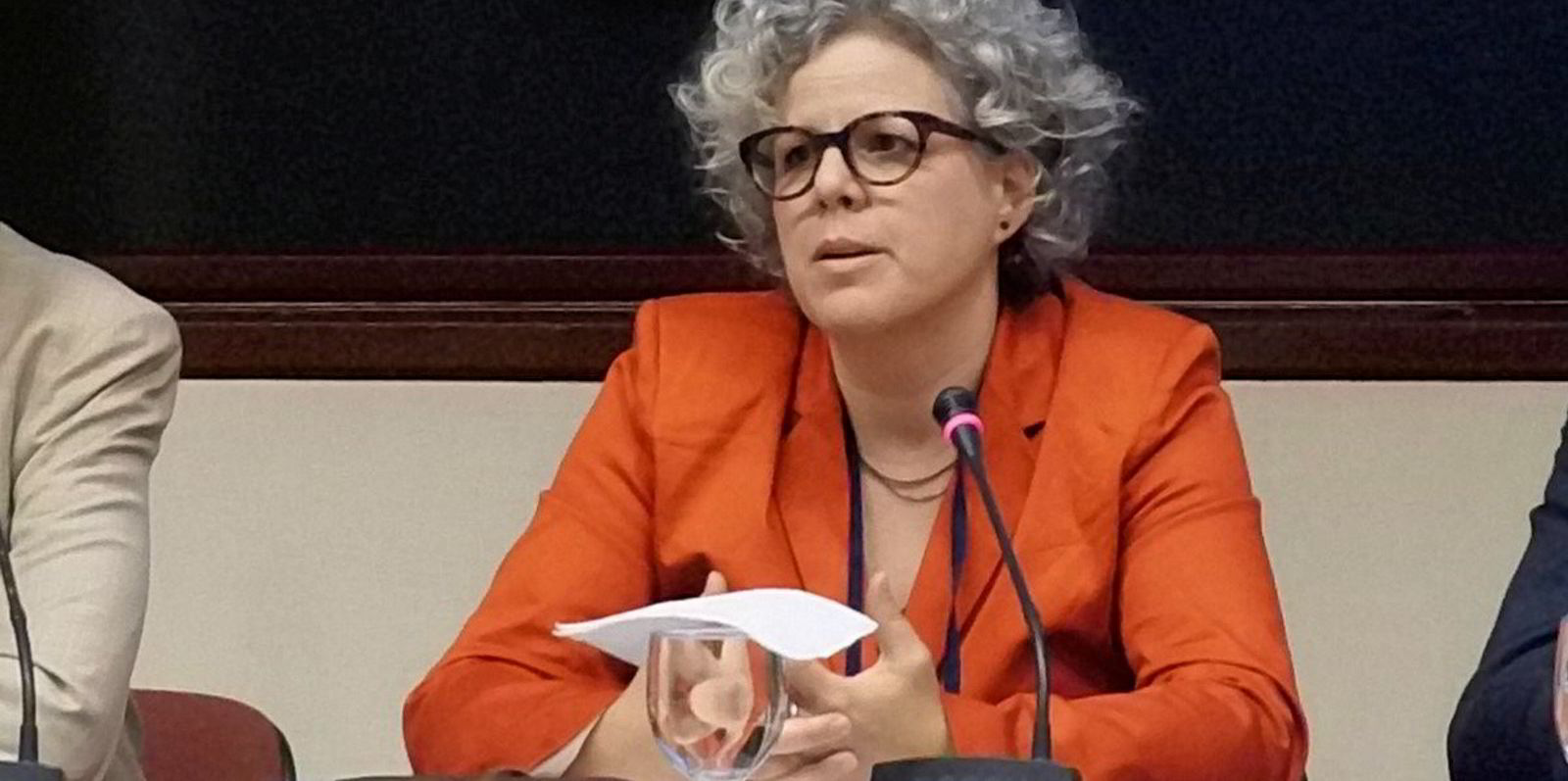The International Energy Agency (IEA) — set up as a watchdog to manage global petroleum supply during the volatile days of the 1973 Oil Crisis — in May called time on its master.
To respond to the climate crisis, the world needs to exponentially gear up the construction of renewable energy plant on the planet and halt all hydrocarbon exploration and production “immediately”, the IEA said in its report, Net Zero by 2050 — A Roadmap for the Global Energy Sector.
By the agency’s calculations, a net-zero pathway will call for a $5trn annual investment through to 2030 but would create millions of jobs and give an updraft of 4% to global GDP forecasts.
This capital spend would translate into a transformation of the world’s energy system with yearly solar additions hitting 630GW and wind adding 390GW a year by the end of the decade. By 2050, some 14,500GW of PV and almost 8,300GW of turbines will be coursing power to the global grid.
Of course, the inconvenient truth here is the distance between forecasts and on-the-ground reality. Investments will need to triple this decade and the equivalent of the world’s largest solar complex, 2.25GW, will need to be added “roughly every day”.
“Much greater resources have to be mobilised and directed to clean-energy technologies to put the world on track,” said IEA executive director Faith Birol.
One source of courage to be taken here, perversely, is found in Big Oil. The IEA reckons spending from the sector on clean energy could reach 4% of its total annual capital expenditure in 2021, up from 1% in 2020 — with some European groups reaching “well above 10%”. Small but arguably significant signs of movement.
And taken in combination with the recent climate action court cases and shareholder activism impacting oil majors including Shell, BP, ExxonMobil and Chevron, some observers are cautiously suggesting a “tipping point has been reached”.
The push for a faster energy transition might well come from within the world’s petrostates, where the stream of tax dollars dwindled by half in 2020, and as Rystad recently noted, will be a source of income that the energy transition will further “shrink and never again meet $1trn” as in the past.
Thinktank REN21 sees a “civilisation changing” opportunity slipping through our fingers. Despite the “indisputable” benefits of renewable energy in its impacts on health, climate and job creation, its latest energy transition global status report concluded “we are nowhere near the necessary paradigm shift towards a clean, healthier and more equitable energy future”.
Though renewable energy is this year eyeing up its biggest-ever share of global power generation, it can’t be overlooked that fossil-fuel consumption is still chugging along, with the resurgent build-out of coal plant in Asia set to drive emissions to their second-largest increase in history this year.
Or that the share of hydrocarbons in the global energy mix is as high as a decade ago — 80.3% versus 80.2% — and renewables’ share only “increased slightly”.
“We are ravaging the very ecosystems that underpin our societies”, said UN secretary general Antonio Guterres on World Environment Day last month. Equally true — but feeling like an ever-diminishing hope — were his next words: “We still have time to reverse the damage we have done.”





